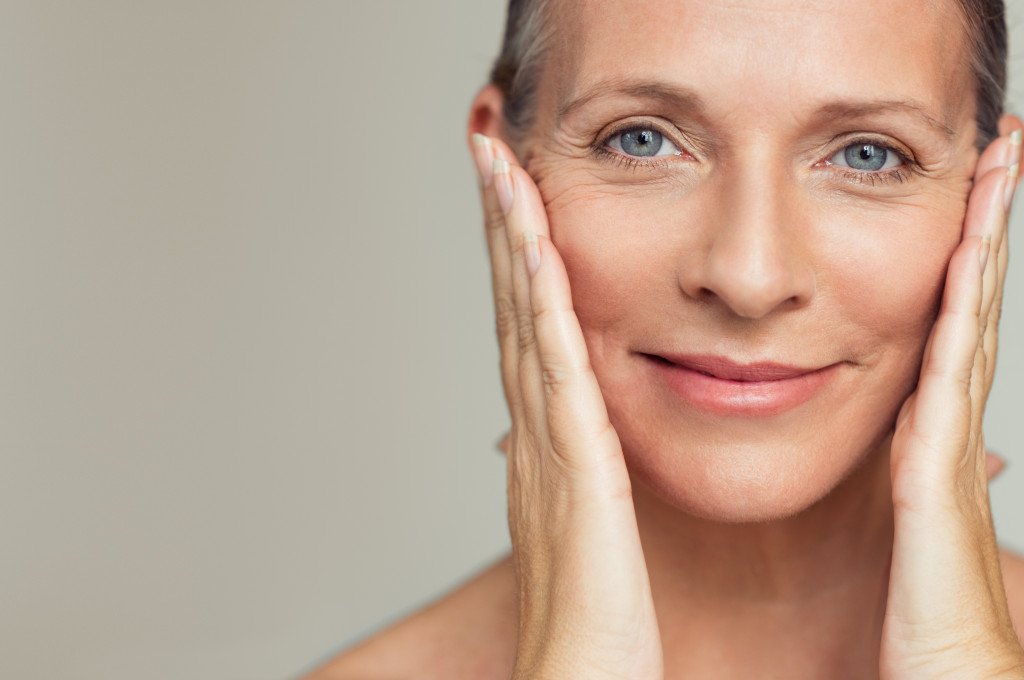Dealing with male-pattern baldness, bad breath, and other body conditions can be daunting and frustrating. Fortunately, many do have solutions, and a number provide long-term positive effects.
1. Hirsutism
Hirsutism is excessive hair growth that usually affects women. Hair might be more visible on the face, chest, back, and armpits. They can appear as stubble, mustaches, and beards. For any ladies, they can be concerning.
You can develop hirsutism for many reasons, one of which is hormone imbalance. You are likely to have it as a symptom if you have polycystic ovarian syndrome (PCOS) or thyroid dysfunction.
Solution: Try laser hair removal, which can be a better solution to waxing or, worse, shaving. Shaving can only remove the top ends of the hair, so the strands go back fast. They can also leave you with rough skin, and you’re prone to ingrown. Waxing, meanwhile, is painful, so you’re less likely to want to do it consistently.
In laser hair removal, the skin absorbs the light, which it converts into heat that damages the follicles. It will then prevent future hair growth. If it does grow back, the strands usually appear thinner and less visible.
2. Hyperhidrosis
This is excessive sweating, especially in the armpits. Although it doesn’t suggest that you have an underlying illness, it can still be bothersome and anxiety-inducing:
- You avoid interacting with people.
- You need to change clothes often or deal with sweat-stained shirts and dresses.
- You feel less confident to wear something light-colored like white or pastel.
- You might not be able to raise your arms or wear sleeveless shirts.
- You are conscious of body odor all the time.
Solution: If prescription antiperspirants don’t work, you can opt for Botox. The same toxin that helps reduce wrinkles can also target the nerve signals that stimulate the glands to produce sweat. Studies show it could reduce hyper sweating up to 90% of the cases.
3. Male-pattern Baldness

Also known as androgenic alopecia, it is a type of permanent hair loss that runs from the forehead to the middle of the scalp. It commonly affects males. Although it is a strong genetic component, other studies believe that faulty immune cells and hormone imbalance might be to blame. A 2017 European research also associated it with an increased risk of obesity and heart disease.
Solution: You have two. You can use medications or undergo surgery. For medications, the options are usually minoxidil and finasteride. Minoxidil stimulates the production of hair follicles, while finasteride like Proscar is a pill that reduces the production of dihydrotestosterone (DHT).
If medications don’t work, you might be a candidate for surgery, which can be follicular unit transplant (FUT) or follicular unit extraction (FUE). In FUT, the surgeon removes some patches of scalp hair to create grafts. FUE involves extracting individual hair follicles for transplant.
Sometimes these issues can be red flags of a more severe illness. Before you go through any treatment, make sure you see your doctor and go through the needed lab tests. Either way, you have many reasons to be optimistic.









